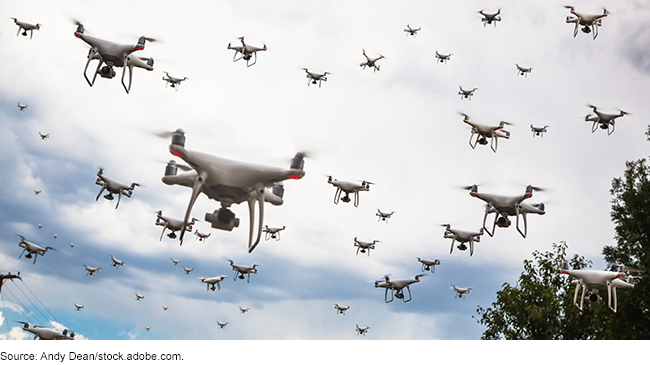Albee Zhang and Greg Torode
Sept 21 (Reuters) - China's long-term military modernisation efforts are bearing fruit, with a string of upgrades for its warships and warplanes under way amid intensifying tensions in the Indo-Pacific, particularly the Taiwan Strait.
NEW HELICOPTER ENGINE
China showcased a 1,100-kilowatt turboshaft helicopter engine at a helicopter expo in Tianjin last week. A Chinese military expert told Reuters the high-powered engine, shown for the first time, is key to China's development of medium- and heavyweight helicopters.
Advertisement · Scroll to continue
China still lags behind in the development of large helicopters, which can carry more weapons and cargo. They could also play a key role in transporting personnel and equipment in conflict scenarios.
BIGGER, MORE ADVANCED FRIGATES
China launched a bigger and more advanced version of its biggest frigate at the end August, according to state and Hong Kong media reports, which cited experts as saying the new Type 054B frigate could be equipped with an integrated electric propulsion (IEP) system, a more advanced radar with better detection capability, and a combined diesel and gas power system that makes it harder to detect.
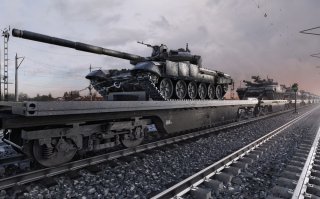
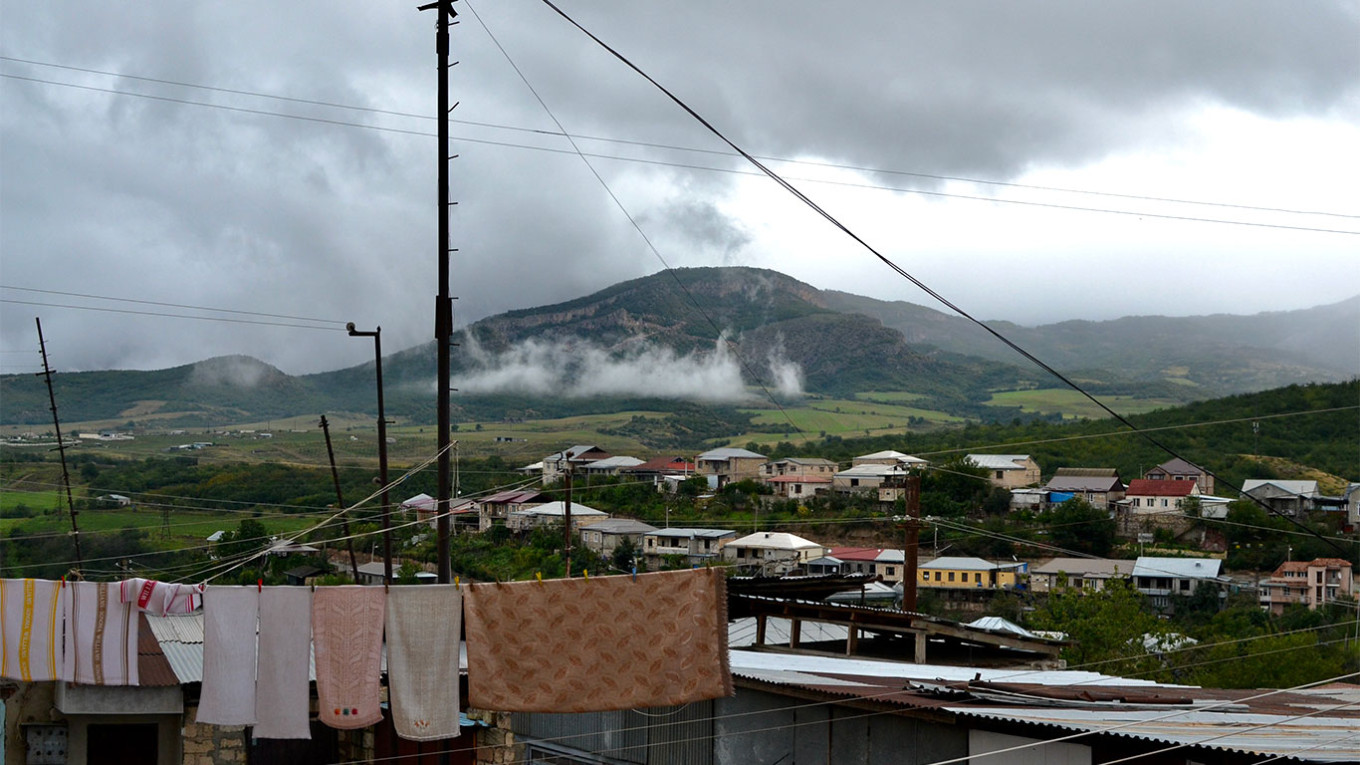






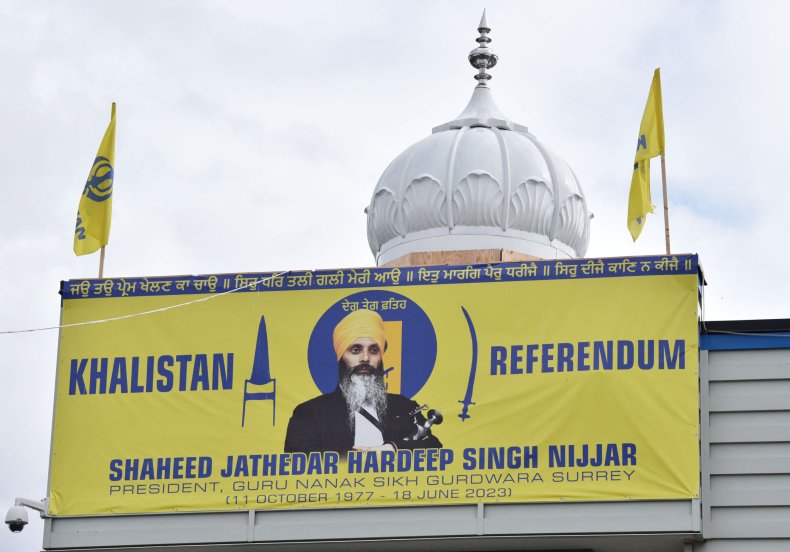
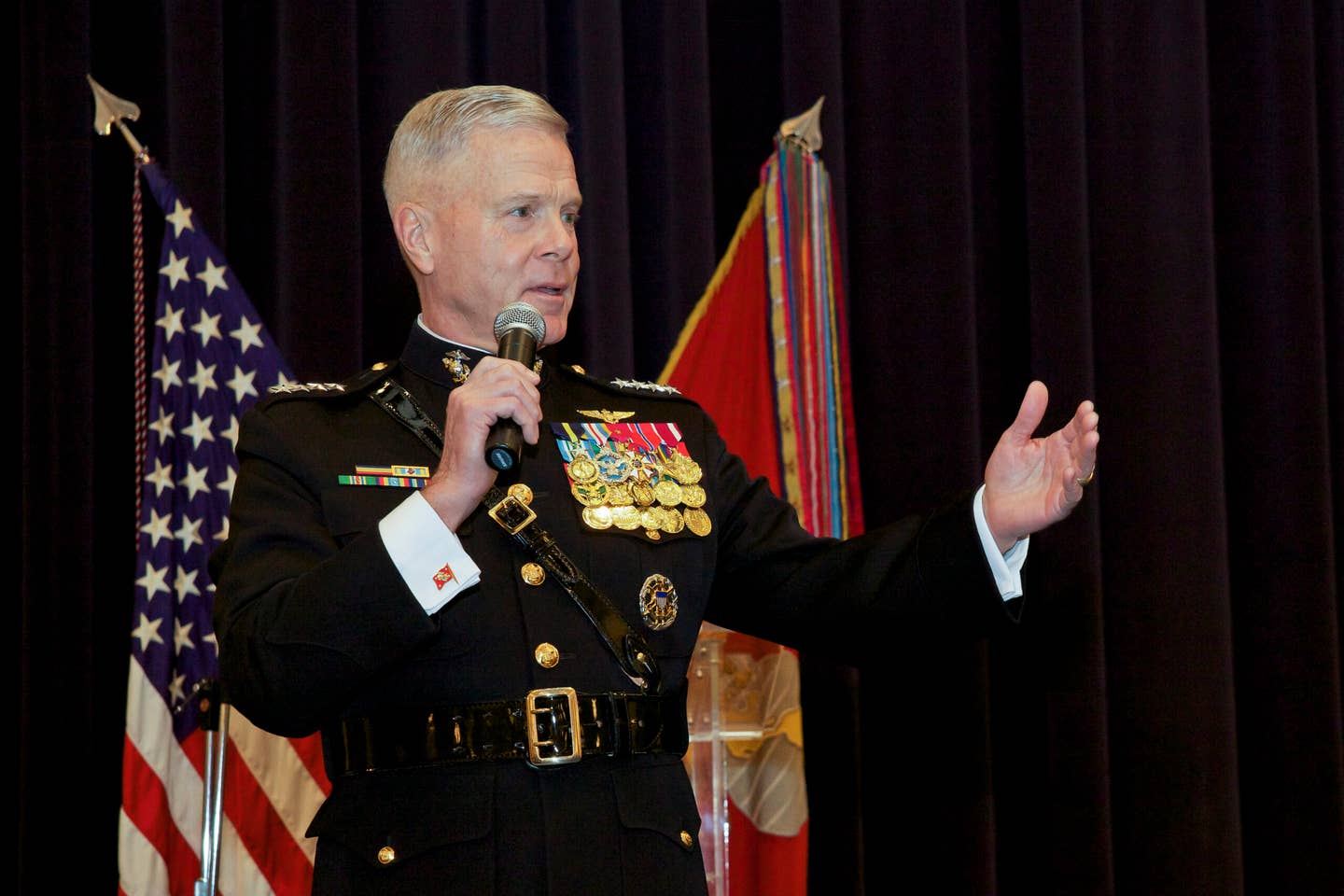
:quality(70)/cloudfront-us-east-1.images.arcpublishing.com/archetype/FABHVPDPMVCLVDK2W3KEAB3SLE.jpg)




